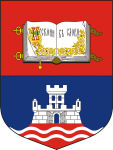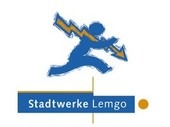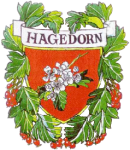A holistic modeling and simulation approach to optimize a smart combined grid system of different renewable energies
In this contribution, a model-based method for analyzing and designing energy systems comprising the electrical, thermal and chemical domains is presented. Beside the energy generation and consumption, the bidirectional coupling between all energy domains is considered, as well. This method is an adapted variant of the so called Hardware-in-the-Loop simulation where virtual energy components are combined with geographically distributed real energy components. In order to integrate the real components with minimal instrumentation efforts, measured quantities are included as information flows, only, while the physical power flows are connected to local available grid structures. This virtual coupling has the further advantage of a simple scalability so that existing real components can be used for different applications. The virtual energy components are represented by real-time capable models describing their physical behavior. In this contribution, a CHP unit is described as a first virtual energy component. The modeling approach is based on a time domain approach using state variables of the multiple domains to describe the dynamic behavior. Furthermore, the model is scalable regarding the modeling depth and the power ratings which allows an application for different simulation scenarios. Besides the modeling of a standalone CHP unit, its integration into a simulated electrical grid is discussed as well. Afterwards, the overall model is parameterized and validated with data of a medium size CHP unit. Finally, the model is used for simulations of an exemplary electrical grid.






























































